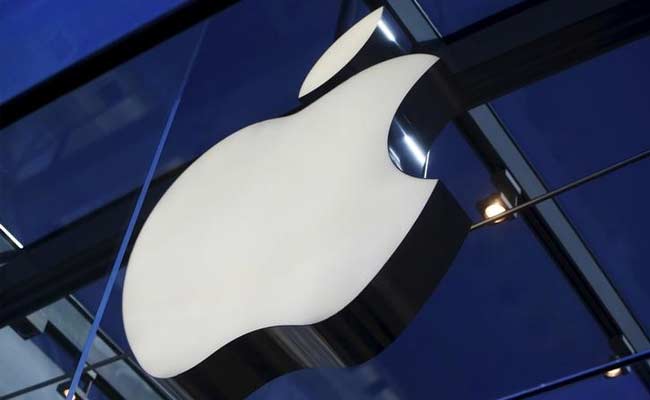Apple has announced late on Thursday in the US that iOS developers will now be able to advertise alternative payment options to the App Store, which will make it easier for them to promote alternative pricing, minus the Apple cut. Until now, developers had to pay a share of all revenue generated on the App Store to Apple, which they often called the ‘Apple tax’. In the midst of a protracted legal battle, Apple has decided to instead settle the case, and this includes both new concessions, and a new fund to assist qualifying developers in the US.
In its statement, Apple wrote that pending court approval, it will resolve a class-action suit from US developers. It wrote: “From the beginning, the App Store has been an economic miracle; it is the safest and most trusted place for users to get apps, and an incredible business opportunity for developers to innovate, thrive, and grow,” said Phil Schiller, Apple Fellow who oversees the App Store. “We would like to thank the developers who worked with us to reach these agreements in support of the goals of the App Store and to the benefit of all of our users.”
Based on the statement so far, it looks like Apple has made a number of concessions, while keeping certain boundaries such as not allowing third-party apps, in place. Ahead of the final resolution in the courts, here’s what we know about the decision so far, in seven points.
- Developers can share purchase options with users outside of their iOS app through communications like email. Apple also notes in its post that users must consent to the communication and have the right to opt out.
- Apple also expanded the price points developers can offer for subscriptions, in-app purchases, and paid apps. Previously, it had fewer than 100 options, and this will go up to over 500, it said.
- It also launched a new fund to assist qualifying US developers. Eligible developers must have earned $1 million or less through the US storefront for all of their apps in every calendar year that they were active, between June 2015 and April 2021. According to Apple, this accounts for 99 percent of developers.
- Apple also said that it will publish a transparency report on the App Store, including statistics about the app review process, including the number of apps rejected for different reasons, and the number of apps removed from the App Store.
- However, Apple will continue to take its revenue cut as before. Businesses that earned less than $1 million will have to pay a reduced commission, for at least the next three years, as a part of Apple’s App Store Small Business Program.
- Also, while app makers can now email people about alternative payment options, the announcement does not say that these options can be offered from inside the app. From the announcement, it also appears that app makers can’t set up a buy or subscribe button that will open a webpage to complete the transaction.
- It also makes no mention of third party App Stores or side loading of apps, which has prevented, for example, games distribution services like Microsoft’s xCloud, from launching iOS apps.
For the latest tech news and reviews, follow Gadgets 360 on Twitter, Facebook, and Google News. For the latest videos on gadgets and tech, subscribe to our YouTube channel.

